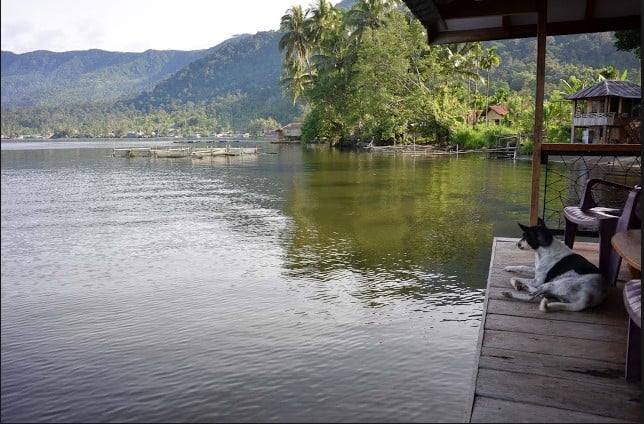Today (my day off!) I had a chance to spend a few hours with a summer class from Montana State University’s Institute of the Environment, formerly Big Sky Institute. Science teachers from around the country had come to MSU for a week-long course in Yellowstone Lake Ecology. Yesterday they had come to the park to wade through Pelican and Arnica creeks, collecting water samples in containers and not a few leeches on themselves. Today they were in a make-shift lab, trying to identify all sorts of creepy-crawly freshwater invertebrates under the microscope. I was content to be participating today, not having had to endure the leech-fest yesterday. Totally gross!
 Being geologically inclined towards the metamorphic variety, I was really out of my element with all these freshwater macro-invertebrates. Plus I was not taking the class – we had been invited to just hang out and learn something about lake ecology. But I was able to peek at some cool slides, which is always fun. I saw diatoms, mayflies, water fleas (Cladocerans), damselfly larva, caddis flies, midge larvae, cyanobacteria (Nostoc), and several different copepods. I have no idea what these organisms were supposed to look like under the microscope but I take great notes and so took names.
Being geologically inclined towards the metamorphic variety, I was really out of my element with all these freshwater macro-invertebrates. Plus I was not taking the class – we had been invited to just hang out and learn something about lake ecology. But I was able to peek at some cool slides, which is always fun. I saw diatoms, mayflies, water fleas (Cladocerans), damselfly larva, caddis flies, midge larvae, cyanobacteria (Nostoc), and several different copepods. I have no idea what these organisms were supposed to look like under the microscope but I take great notes and so took names.

Whenever folks found something intriguing in their water samples, they used a mountain of reference material to “key out” organisms down to the genus and hopefully the species level. They were even looking for amoebas but I do not know if anyone found one. I heard no “Eureka! An amoeba!” from the assembled class members.
The ultimate goal of the Institute’s Lake Biodiversity Project is to extract DNA from different organisms in order to identify them as far as possible (genus and hopefully species) and compare each to other DNA sequences for known or new Yellowstone Lake species.
Interestingly, a method for copying DNA was developed from a thermophilic (heat-loving) bacterium called Thermus aquaticus. It was isolated in the late 1960s from the clear, scalding waters of one of Yellowstone’s thermal features named Mushroom Pool. The PCR method of copying DNA requires a heat-stable enzyme, which is found in Thermus aquaticus (or Taq for short). Mass production of Taq revolutionized biological research; PCR is now the most widely used method for studying DNA in biotechnology, molecular biology, medical research, and law enforcement laboratories around the world.






